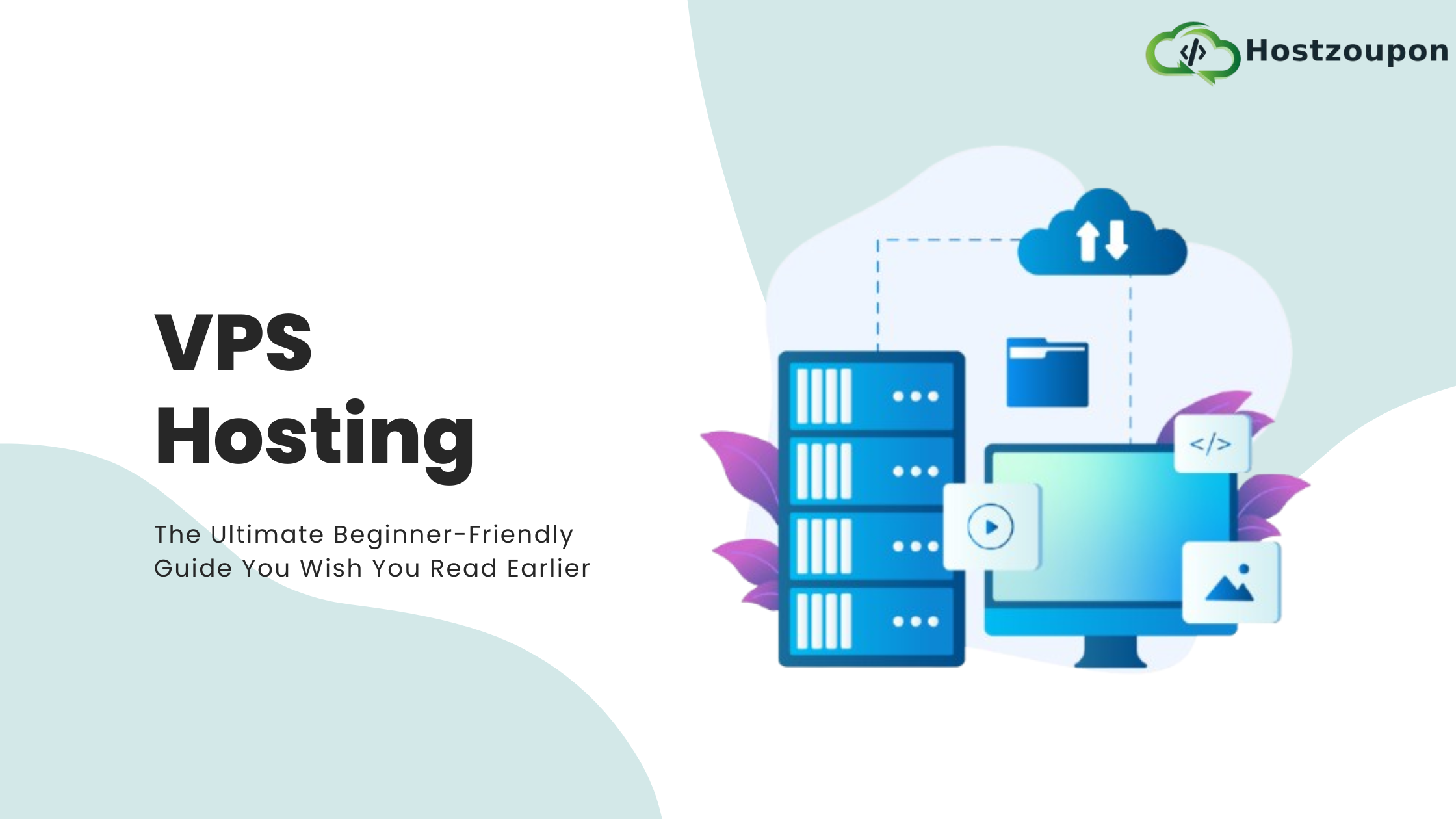VPS Hosting: The Ultimate Beginner-Friendly Guide You Wish You Read Earlier
Imagine your website is a shop. In shared hosting, you’re renting a stall in a busy marketplace. It’s cheap and lively, but noisy, crowded, and you can’t control what your neighbors do. Sometimes their customers slow down your line.
Now imagine having your own boutique in the same marketplace. You still share the infrastructure, but you get your own section, your own checkout counter, and your own storeroom. That, my friend, is what VPS Hosting feels like.
Let’s break it down from the very basics, and by the end, you’ll not only know what VPS hosting is, but when to use it, how it works, and how not to get lost in the buzzwords.
What is VPS Hosting?
VPS stands for Virtual Private Server. Think of it as your own private space within a powerful server that’s been split into multiple isolated environments using virtualization technology.
Even though you’re technically sharing the physical server with others, your VPS acts like a standalone server. It has its own:
- Operating system (OS)
- Dedicated resources (CPU, RAM, storage)
- Control panel (you can reboot, install software, configure it your way)
In other words, it’s like having a mini dedicated server without the heavy cost.
Why Not Just Use Shared Hosting Forever?
Great question. Shared hosting is fantastic if:
- You’re just starting out
- Your website is small and low-traffic
- You don’t need much customization
But as soon as you start getting more visitors, or want more control (like installing custom apps, running scripts, etc.), shared hosting becomes limiting.
That’s where VPS hosting steps in. It’s the middle ground between basic shared hosting and expensive dedicated hosting.
What Makes VPS Hosting Special?
Here’s what sets VPS apart:
1. Performance That Doesn’t Get Hijacked
In shared hosting, your website performance can tank because of someone else’s website using too many resources. VPS gives you dedicated bandwidth and memory, so your site stays snappy even if your neighbor is blowing up.
2. Root Access = Total Control
Want to install a custom module? Configure your own firewall? Set up Node.js or Python environments? VPS lets you do all that and more.
3. Scalable Like Magic
With many VPS providers, you can scale your resources up or down easily. More traffic? Just upgrade your RAM and CPU from the dashboard.
4. Isolated Environment
Even though you’re on a shared physical server, your VPS operates in a silo. If another VPS crashes, gets hacked, or misbehaves, it doesn’t affect you.
Real World Example: Meet Riya
Riya is a food blogger. She started on shared hosting. As her traffic grew, so did her problems:
- Website slowed down
- Plugins kept crashing
- Customer support blamed “high resource usage”
She switched to VPS. With just a small plan:
- Her site load time dropped by 60%
- She installed a caching tool and custom analytics
- She now has full backups and restores at her fingertips
When Should You Move to VPS Hosting?
Here are some signs:
- Your traffic has outgrown shared hosting limits
- You need to run advanced web applications
- You require better security and backup options
- Your website frequently experiences downtime
- You’re an agency or developer hosting multiple client sites
Pro tip: Don’t wait until your site crashes. Move before you hit the wall.
Managed vs Unmanaged VPS (Quickly Explained)
Let’s keep this simple.
- Managed VPS: The hosting provider handles technical stuff – OS updates, server patches, security, support.
- Unmanaged VPS: You’re the captain of the ship. You manage everything.
If you’re not confident with Linux commands or server configs, go managed.
What Can You Host on a VPS?
So much more than just websites:
- Ecommerce stores (WooCommerce, Magento)
- CRMs like SuiteCRM or ERPNext
- SaaS applications
- Gaming servers (like Minecraft)
- Web development environments
It’s a playground for anyone who wants flexibility and power.
How Much Does VPS Hosting Cost?
Pricing can range from $5/month (basic unmanaged VPS) to $60+/month for fully managed ones with premium features. Some providers even offer hourly billing (great for short-term projects).
Top VPS providers include:
- DigitalOcean
- Linode
- Kamatera
- A2 Hosting
- Hostinger (affordable managed VPS)
- ScalaHosting (great support)
What to Look For When Choosing a VPS Host?
- Resources: CPU, RAM, SSD storage – balance them for your use case.
- Control Panel: cPanel, Plesk, or custom dashboards?
- Support: Do they offer 24/7 tech support? Is it helpful?
- Backups: Daily backups and easy restore options are a must.
- Scalability: Can you upgrade resources instantly?
- Datacenter Location: Choose servers close to your target audience.
Final Thoughts
VPS hosting is not just a tech upgrade – it’s a freedom upgrade. It lets you build, scale, and secure your digital presence without the constraints of shared hosting.
If you’re at that stage where shared hosting feels like a tiny studio apartment and you’re ready for your own place—VPS is your next best move.
Take your time, choose the right provider, and don’t be afraid of experimenting. You’ll thank yourself later.
Would you like a quick-start VPS setup checklist next?


